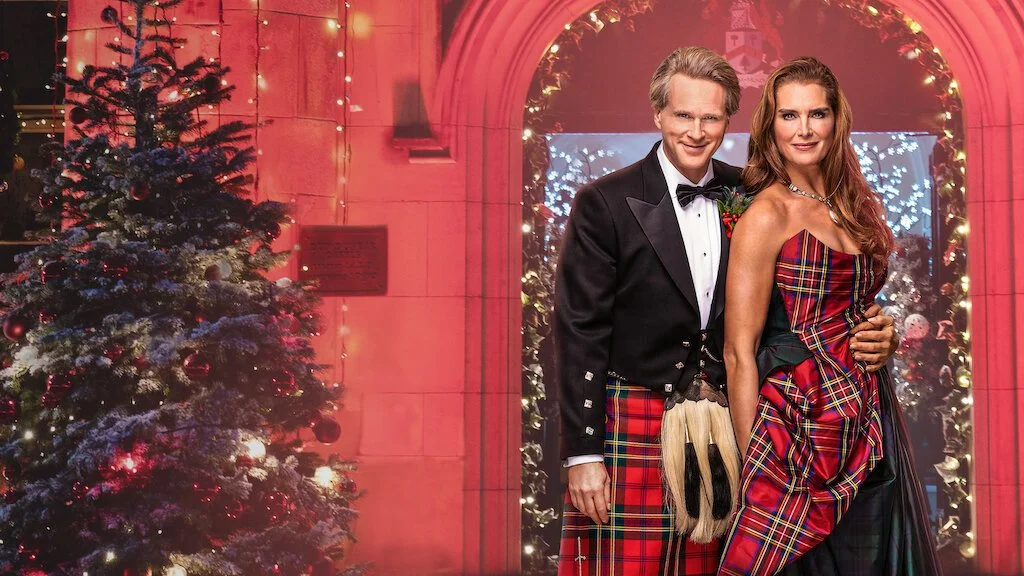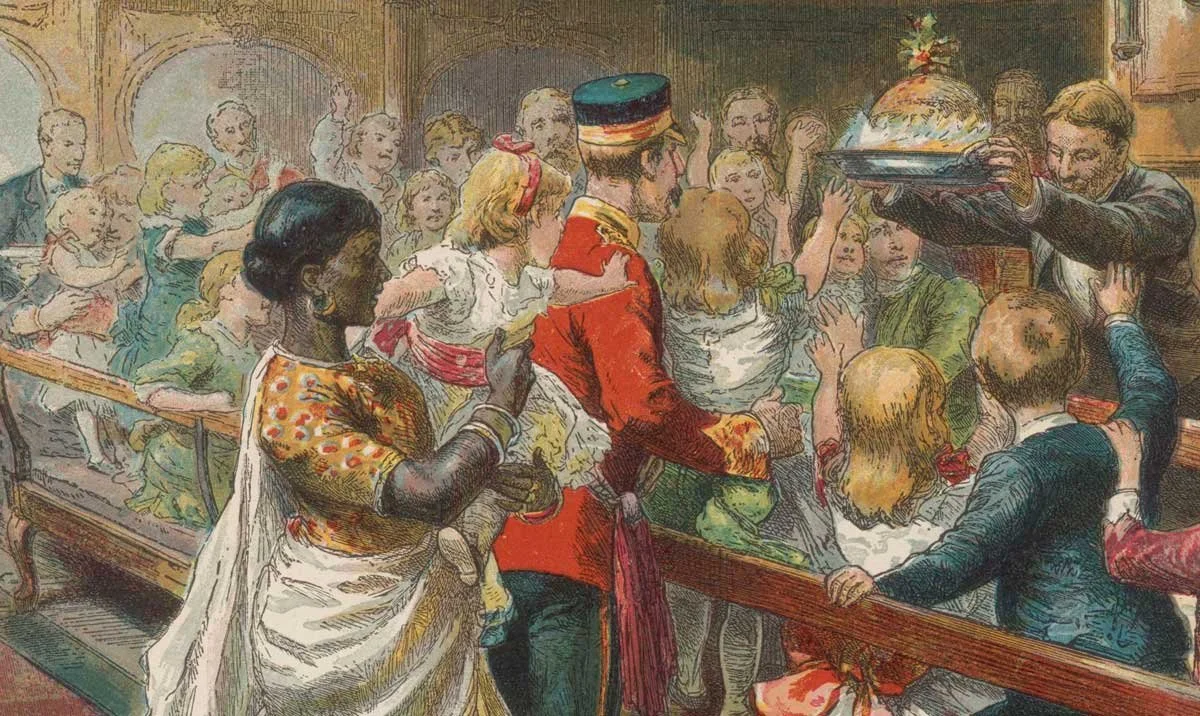A Castle for Christmas: The best worst film I’ve ever seen
I would warn you that this article contains spoilers… but if you’ve read the title then you already know what happens.
A Castle for Christmas is just as bad, if not worse, than every other offering in the annual tradition of Netflix festive fluff – and I loved every minute.
It’s got everything you could possibly hope for, including a mindless plotline: escaping her normal life to “find herself”, our heroine Sophie falls (literally) into the arms of the leading man (who happens to be a duke, coz Bridgerton)thanks to an expressively countenanced dog (named Hamish, coz Scotland).
Various misunderstandings and vaguely inexplicable arguments ensue, culminating in a deliciously gaudy finale. It’s the perfect backdrop to decorating the tree or wrapping presents: if you miss a bit whilst untangling fairy lights or finding more Sellotape, I can hand-on-heart assure you it doesn’t matter in the slightest.
You know exactly where you are with all the characters in this film, and heavy-handed care is taken to reassure our modern sensibilities that this aristocratic duke is “a goodie.” Not only does Miles pointedly distance himself from his snobby ancestors, but he’s also considering selling the castle of Dun Dunbar (no, I don’t know why they called it that either) to pay off historic land debts and enable the local people to keep their homes.
If this weren’t assurance enough that we’re allowed to like him, Miles’ declaration (entirely unrelated to the rest of the story) that his land is home to a community windfarm and creates sustainable energy should do the trick.
Likewise, you can’t fail to grasp the classic ‘vulnerable yet gutsy’ cliché of Brooke Shields’ Sophie. Proving her worth as Miles tests her tenacity, she wins the hearts of the local people by a) learning to knit and b) providing dubious hairstyling (where would we be without some form of makeover?).
Sophie’s happy-to-rough-it nature is only slightly belied by flawless make up and bouncing barrel curls, and it’s clear that nothing will sway her from “discovering her roots”… Isn’t it lucky when those roots involve a f*ck off baronial castle?
Indeed, the whole film’s aesthetic of unapologetic rural Scottish porn warms the cockles, even if we do seem to travel from autumn to straight summer, then to winter. There’s tartan (heaps of the stuff, including a mug), whiskey and such gems as “it’ll crumble like an oatcake in the rain!”.
Roaring fires cast a glowing light over red velvet curtains, Highland ‘coos’ cause a road block, and there’s tweed. Shedloads of it. The, ahem, enthusiastic attempts at Scottish accents may be as questionable as the amount of foundation on Cary Elwe’s face, but the overall impact will get you Googling loch-side breaks.
When you think more dizzying heights of delectable trash cannot be reached, along comes the climax. A montage of slow-mo shots of Sophie’s face to, I kid you not, ‘She’s the one’ by Robbie Williams graces the screen, as the duke realises for no apparent reason that he DOES love her after all. Cue a snowy gallop, an alarming tartan ball-gown and a family reunion. Perfection.
In all seriousness, my inner history nerd enjoyed how the rich-American-saves-titled-but-destitute-Brit storyline echoes multiple IRL marriages from the nineteenth century onwards. Plus, the age of our hero and heroine is genuinely touching to see. Unlike the vast majority of rom-coms, both leading actors are in their late 50s (rather than the typical 30-odd woman partnered with a man at least a decade older).
Carey Elwes and Brooke Shields in A Castle for Christmas (Netflix)
This is a story about second-chance romance and how, if you find yourself unexpectedly single at middle-age, love and sex don’t have to be things of the past. It might not be my exact demographic, but I can still empathise with how uplifting that message is (though viewers with personal experience may raise their eyebrows at how easily things like where to live and what the children think just slot into place).
On a less positive note, there’s a nod towards more diverse representation, but it’s still noticeable that any non-white, non-heterosexual characters remain on the periphery.
So why is this unashamed cheese so popular? The Princess Switch, A Christmas Prince, An Uptight Yet Sexy Titled Man Meets a Gorgeous Woman Who Heals Him At Crimbo (one of those might be made up) – all are remarkably similar, regardless of which fictional European principality provides the backdrop. What is it that instantly shoots them to the Top Ten on Netflix?
For me, it’s about the intent. No one is pretending that these are Oscar-worthy screenplays; rather, they luxuriate in their own fluffiness, chucking every cliché you can find at it and then sitting back to enjoy the ride. As a viewer, I find that incredibly relaxing: the spectacle is so disengaged from reality that I’m not prompted to dwell on important messages or reflect on my own life.
Netflix Christmas films are escapism, pure and simple. The only question that flits through my gloopy brain whilst watching is ‘should I buy more stollen?’ (yes. Always yes). I’d hazard a guess that this is why such films are so popular with female viewers: in a world where we are frequently compared to, and encouraged to compare ourselves to, other women, 90-odd minutes of bauble-soaked drivel is a welcome tonic. If they were less rubbish, they wouldn’t be so great.
So, join me in raising a mug of mulled wine to Another Castle for Christmas, or whatever Netflix will dream up next year. There’ll be laboured yet somehow endearing jokes, a grating soundtrack and enough schmaltz to sink a sleigh. And I’ll lap it up.
Images courtesy of Netflix.
Katherine works in heritage outreach and is based in Bristol. When she’s not busy re-examining history from a female perspective, she lives the 19th-century high-life: embroidering, wild swimming and spending far too much money on gin. Find her on Instagram: @_kgwrites_.






